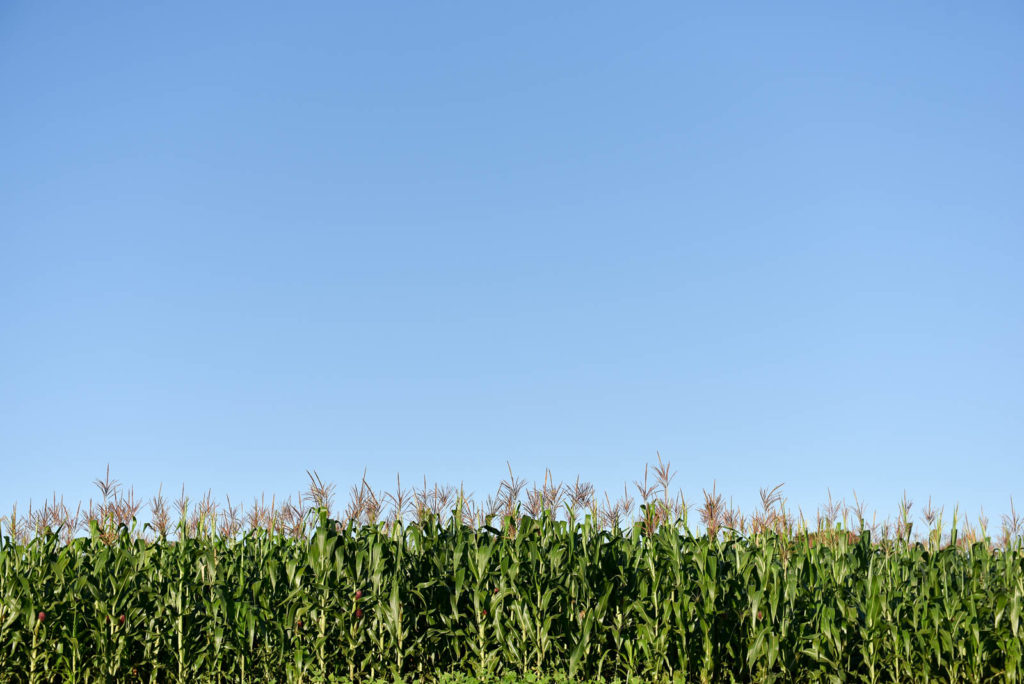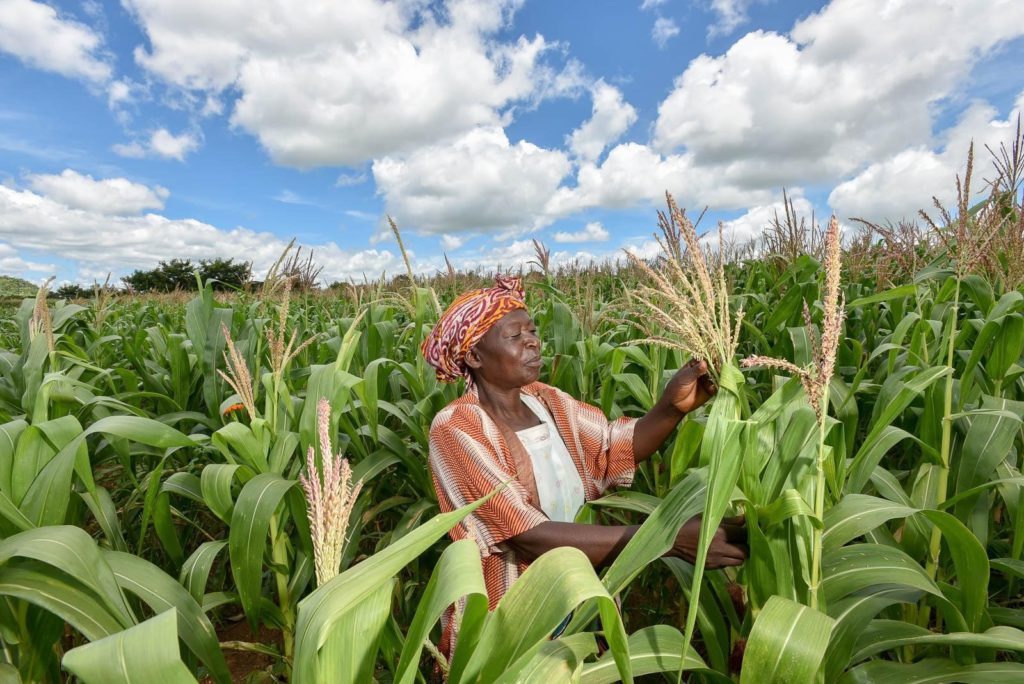With IVR messages, mobile phones become game changers in farmers’ hands
A multi-stakeholder partnership to explore alternative pathways for disseminating agricultural extension messages shows promising direction for IVR use.
With the aim of improving Malawian farmers’ access to agronomic information, and ultimately increasing yields and improving food security, the CGIAR Platform for Big Data in Agriculture, Michigan State University, and Viamo came together to explore alternative pathways for disseminating extension messages. The project, conducted under the auspices of the United States Agency for International Development-funded AfricaRISING project and with support from the Partnership for Green Growth and the Global Goals (P4G), leveraged public, private, and non-profit capabilities to test the relationship between targeted agronomy messages through interactive voice response (IVR) and better decision making on farms.
After two years of research, involving 650 farmers, four study areas, and two cropping seasons, the results are in, and they show promising direction for IVR use. The groundbreaking study has demonstrated that IVR messaging was effective at influencing farmers to plant early, use urea fertilizer more appropriately, and adopt better weeding practices.

Photo: CIAT / Neil Palmer. A farmer kneels in a trial field of drought tolerant beans in Malawi.
Substantially more farmers who received tailored IVR messages planted maize early compared to those who received generic messages–72% compared to 57%, respectively, in the 2018-19 cropping season, and the data from the following season is comparable. The increase in early planting is a positive result because it leads to higher maize yields; following a long dry season, early planting with the first rainfall harnesses the early mineral flush from soil organic matter that is missed when farmers plant late.
In more good news, a significant portion of farmers receiving IVR messages adopted improved urea fertiziler and weeding practices relative to the control group. Nearly half of farmers receiving IVR messages applied urea fertilizer once the plant was established, as recommended, compared to 25% for the control group. Two or more weddings are recommended for maize production, and more than 66% of farmers in the IVR group weeded twice, compared to 51.5% of the control group in year one.
Furthermore, and crucial to the project’s success, farmers found the IVR messages to be relevant and informative. Various formats (voice, tone, style) were pre-tested to deliver content that was most appropriate and engaging for the group. A conversation style was determined to be most persuasive to deliver the information on maize land preparation, plant populations, fertilizer types and applications, and feedback from focus group discussions indicates that the design was a success: “When we first listened to the instructions, we thought they would be difficult to follow through, but they were not and this year it was even easier for us,” said Daniel White, a two-year cycle farmer in the Mtubwi extension planning area.
White’s positive feedback is echoed by Steven Williams, also from Mtubwi: “I am now harvesting a lot of maize from a small plot. I have followed the advice for two seasons. I now use fertilizer appropriately. This is why I will have adequate maize this year from my farm.”
Coordinator of the CGIAR Platform for Big Data in Agriculture Brian King says, “This project achieved something that has proven very difficult in the field of agricultural extension: measured changes in behavior of farmers toward adoption more productive agricultural practices, and it has shown that it can be done on a large scale.” King adds that the project also points the way towards resolving a persistent problem with digitally-enabled agricultural services: reaching sufficient number of low-income farmers to achieve commercial profitability.

Photo: CIAT / Neil Palmer. Maize in Mozambique.
Looking forward to scaling up this outstanding pilot, partners recommend that the scope and level of detail of information could be upped. For example, information on combating Fall armyworm, a pest that can cause serious damage to maize crops, could further boost farmers’ yields, and messages about side-dress fertilizer recommendations could be tailored to local weather conditions to help farmers take a response farming approach.
While results show that farmers benefited from the IVR messages, responses to the surveys that followed each cropping season were modest (40% of IVR farmers and 35% of control farmers), and, therefore, further triangulation through in person interviews and plot cuts to measure maize yields would bolster the findings that IVR makes a mobile phone a gamer changer in a farmer’s hands.
Learn more about the P4G partnership, view the final report on the project, and learn more about how multistakeholder partnerships can accelerate the UN Sustainable Development Goals in the report: A Time For Transformative Partnerships.
Feature photo: Neil Palmer / CIAT. A woman inspects maize crops in Malawi.
November 11, 2020
Hannah Craig
Communications Deputy
CGIAR Platform for Big Data in Agriculture
Latest news






